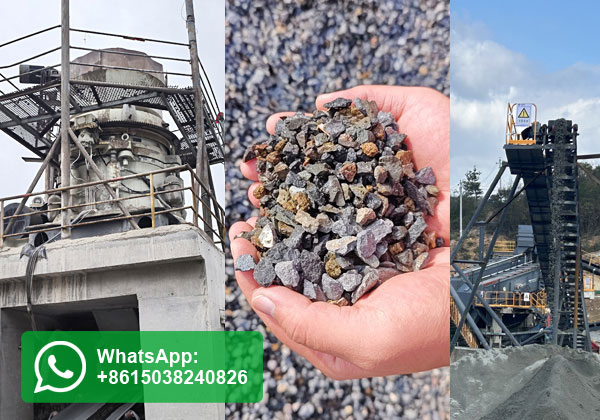Cone crushers are widely used in the mining, quarrying, and construction industries for crushing a variety of hard and abrasive materials. One of the most important factors affecting the efficiency and quality of crushing is the material particle size. Proper understanding of the material particle size before and after crushing is essential to optimize the crusher’s performance, increase output, and ensure the desired product size.
Before entering a cone crusher, the raw material particle size must be within a certain range to avoid overloading or damaging the equipment. Typically, cone crushers are designed to handle feed particles ranging from 20 mm to about 300 mm, depending on the crusher’s model and specifications. Larger pieces can cause blockages or uneven wear, while very fine particles may reduce crushing efficiency since they require less force to break down.

The crushing process inside a cone crusher reduces the feed material into smaller, uniform particles. The output particle size can be controlled by adjusting the crusher’s closed side setting (CSS), which is the minimum gap between the crushing surfaces during operation. By decreasing the CSS, finer particles are produced, while increasing it results in coarser output. This flexibility allows operators to tailor the crushed material size to meet specific project requirements.
Understanding the particle size distribution of the crushed material is crucial for downstream processes such as screening, grinding, or mixing. Uniform particle size distribution improves material handling, reduces wear on equipment, and ensures better compaction in construction applications. In addition, consistent particle size helps optimize the performance of concrete or asphalt mixtures, leading to stronger and more durable structures.
In summary, the material particle size in cone crushers plays a vital role in the crusher’s efficiency and the quality of the final product. Proper feed size, crusher settings, and particle size control contribute to improved productivity and reduced operational costs. Operators must carefully monitor and adjust these factors to achieve the best results in any crushing operation.
